In marketing, brands are not just static. They reflect a company’s values, audience, and market position. They are dynamic and alive. Even the most famous brands can face an identity crisis, and they might not notice it right away. For marketing leaders like CMOs, VPs of Marketing, or department heads, the stakes are high. A weak or unclear brand hurts customer loyalty. It slows growth and lets competitors get ahead. How do you know when it’s time to hit refresh? Let’s explore the subtle and overt signs that demand your attention.
Your Visual Identity Feels Fragmented or Outdated
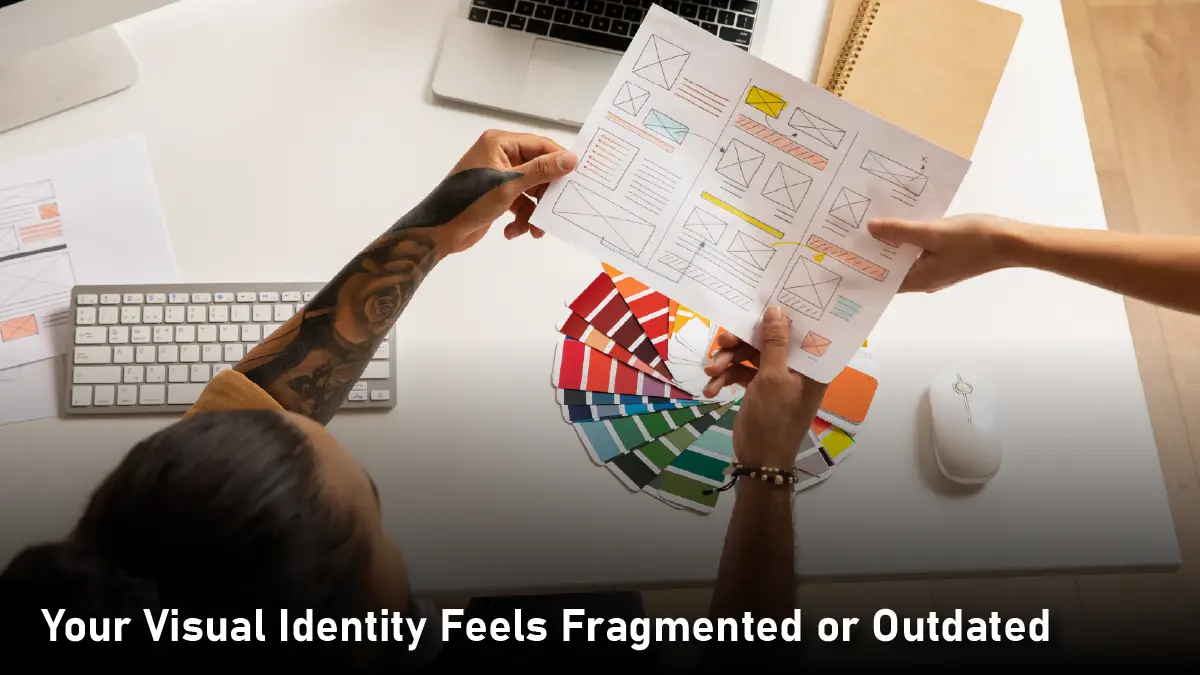
Visual cohesion is the cornerstone of brand recognition. Brands like Coca-Cola and Apple have logos and colors that stand out. You can recognize them even in silhouette. Inconsistent visual assets can confuse people. If your social media graphics don’t match your website, it looks unprofessional. Also, if your product packaging seems outdated, it can hurt your brand image.
Consider a scenario where your logo appears in three different styles across various platforms. Or, your typography changes from sleek modern fonts to a quirky style for no good reason. These inconsistencies dilute your brand’s equity. A refresh isn’t just about following trends. It’s about matching visuals to your mission and what your audience expects. In 2016, Mastercard made its logo simpler. They took out the text from the overlapping circles. This change showed a shift to digital-first interactions. It matched the changing behaviors of consumers.
Your Messaging No Longer Resonates or Differentiates
Brand messaging is the narrative thread that ties your audience to your purpose. Generic taglines, unclear value propositions, and dull content are warning signs. If customers can’t explain what sets you apart, your brand might just be seen as a commodity.
Consider a legacy tech company. It once led with great innovations. Now, it blends into a crowd of competitors. When IBM shifted from hardware to AI and cloud solutions, it didn’t just change its services. It revamped its messaging to highlight ‘smart infrastructure’ and ‘ethical AI.’ This move helped IBM stand out in a crowded market. If your campaigns elicit shrugs instead of clicks, it’s time to revisit your core message.
Growth Plateaus Despite Solid Offerings
Brand relevance often connects to stagnant revenue, fewer customers, or shrinking market share. Strong brands help companies grow up to three times faster than their rivals. When your product quality is high but sales drop, the issue might be in how people see it.
A mid-sized SaaS company saw renewals drop, even though user feedback was positive. Surveys revealed that clients viewed the brand as ‘reliable but uninspired.’ The company rebranded to highlight innovation. It used dynamic storytelling to share client success stories. This approach sparked interest and increased retention by 22% in just one year. If your growth metrics stall, check if your brand story still connects with your audience.
Also Read: Why Mindful Marketing Matters for CMOs and Marketing Leaders
Internal Teams Misunderstand or Misrepresent the Brand
Your employees are your first ambassadors. When internal surveys show that teams can’t explain the brand’s mission, problems arise. Also, if sales pitches differ a lot from marketing campaigns, fragmentation happens. A disjointed internal culture inevitably spills into customer experiences.
Adobe’s move from boxed software to cloud subscriptions needed more than just new products. It required everyone in the company to work together. Adobe made sure it’s ‘creativity for all’ idea was in every department, from HR to engineering. This helped keep the messaging strong and drove its transformation. If your teams aren’t united under a shared vision, external audiences will notice.
Your Audience Has Evolved, But Your Brand Hasn’t
Markets shift. New generations ascend. Industries pivot. If your brand targets the same audience as ten years ago, you’re losing today’s customers. Millennial and Gen Z buyers are on the rise. They care about sustainability, transparency, and social responsibility. A survey conducted in October 2023 found that 22% of Gen Z and 20% of Millennial respondents in the U.S. only bought from brands they considered sustainable or that matched their values. Patagonia and Ben & Jerry’s succeed by making these values part of who they are. They don’t just use them as catchy marketing slogans; they live by them in their operations.
A financial services firm that focuses on Baby Boomers might struggle to connect with younger investors. These younger clients want digital-first platforms that are clear about fees. Not adapting isn’t just missing out. It means letting competitors win who grasp the new majority.
Competitors Are Outshining You with Modern Branding
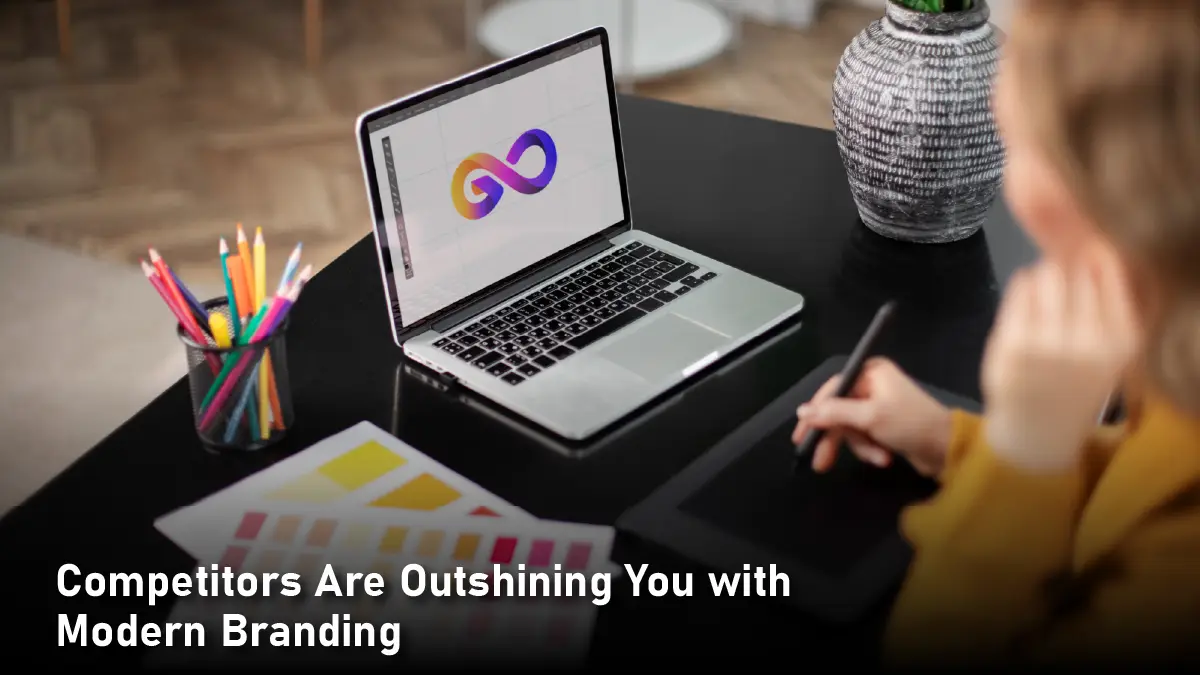
Competitors may use sleek visuals, strong stories, or viral ads. This can make your once-strong brand seem lost. Differentiation isn’t about mimicry; it’s about reclaiming your unique space.
In 2019, Slack rebranded with bright colors and fun illustrations. This change made it stand out in a world of dull enterprise software. Microsoft Teams focused on integrations and ease of use. In response, Slack emphasized community and collaboration. If competitors attract your attention, see if your brand’s personality and position still count.
The Market’s Perception Clashes with Your Intentions
A brand is what people say about you when you’re not in the room. If third-party reviews, social sentiment, or media coverage misrepresent your values, it creates a big gap. This gap between your intentions and how people see you matters a lot.
Dyson is famous for its advanced engineering. Early vacuum models were criticized for prioritizing style over performance. Dyson used customer feedback to focus on ‘solving the obvious problems others ignore.’ This helped align its story with its innovative spirit. Regular audits of reviews, surveys, and social listening can spot issues early. This helps prevent them from turning into reputation crises.
Navigating the Refresh Includes Strategy Over Aesthetics
A brand refresh isn’t a cosmetic makeover. It’s a strategic realignment rooted in data, audience insights, and market realities. Begin with a diagnostic audit. Check visual assets, messaging, customer feedback, and how competitors are positioned. Engage stakeholders at every level to ensure buy-in.
Old Spice changed its focus from older men to younger crowds. They used humor and viral campaigns. This wasn’t just new ads; it was a smart move based on research about changing consumer habits. Burberry shifted from traditional British heritage to a digital luxury leader. This change included revamping runway shows and TikTok strategies.
The Cost of Inaction
Delaying a refresh risks irrelevance. Kodak didn’t fully adopt digital branding after film. Meanwhile, Blockbuster couldn’t keep up with Netflix’s convenience. These are cautionary tales. Brands like Lego and Domino’s Pizza made comebacks. The “The Man Your Man Could Smell Like” campaign helped Old Spice increase body wash sales by 107% and overall product sales by 55% in the first three months of the campaign. They listened to their audiences and bravely redefined themselves.
For marketing leaders, the question isn’t if but when to act. A brand refresh isn’t admitting failure; it’s seizing the reins of evolution. In a world where consumer loyalties shift at the speed of a scroll, staying static is the riskiest move of all.
Reclaiming Your Narrative
A brand identity crisis isn’t a death sentence; it’s a catalyst for reinvention. When marketing leaders see the signs early, they can help their brands become relevant again. This helps build stronger connections and ensures lasting growth. The goal isn’t to erase the past but to build on it, ensuring your brand remains not just seen, but remembered.
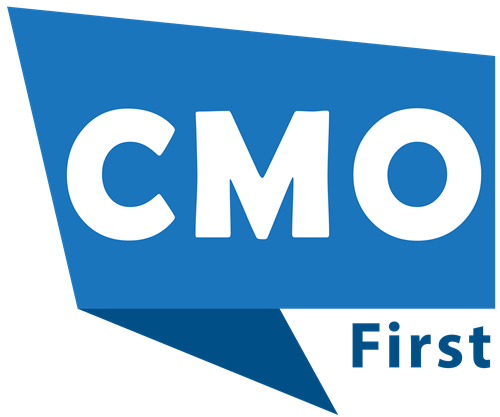




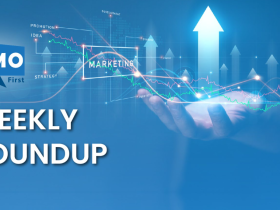
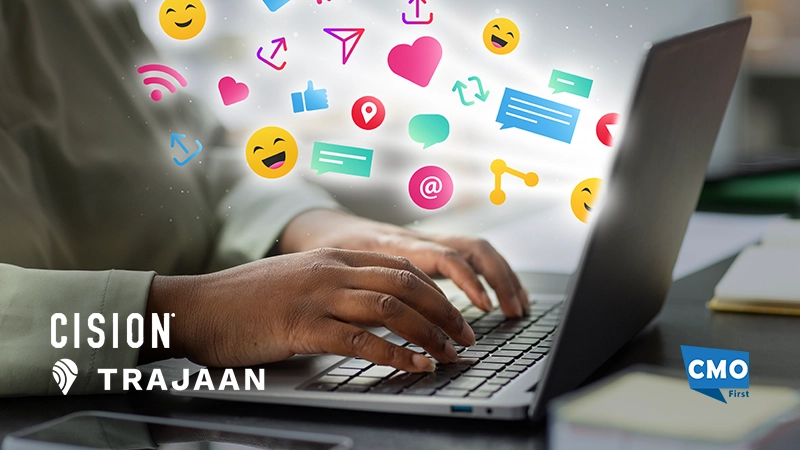

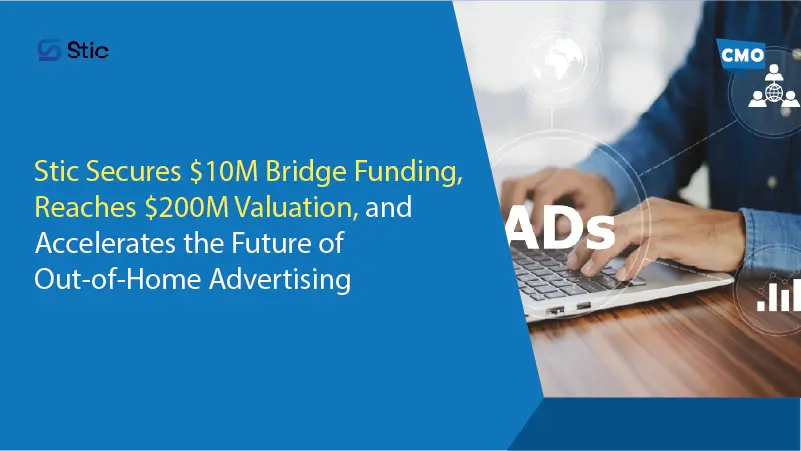
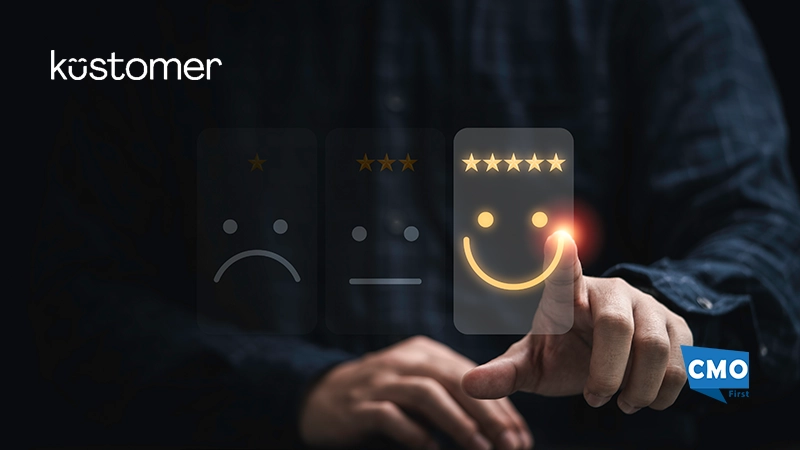

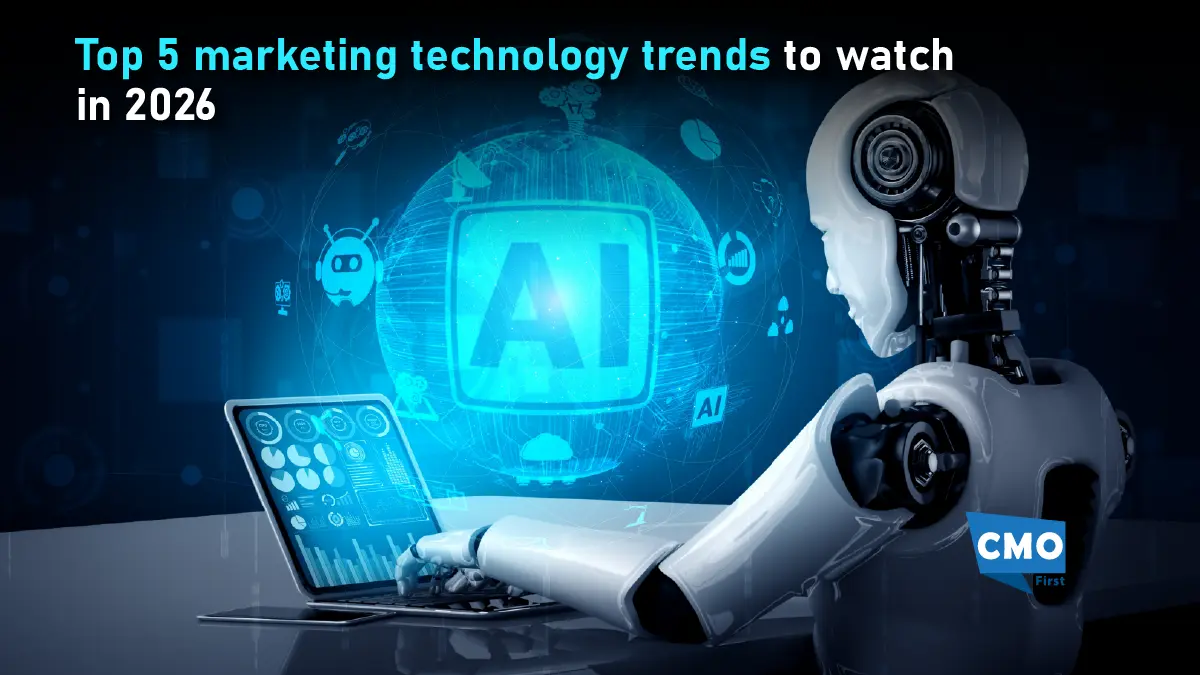
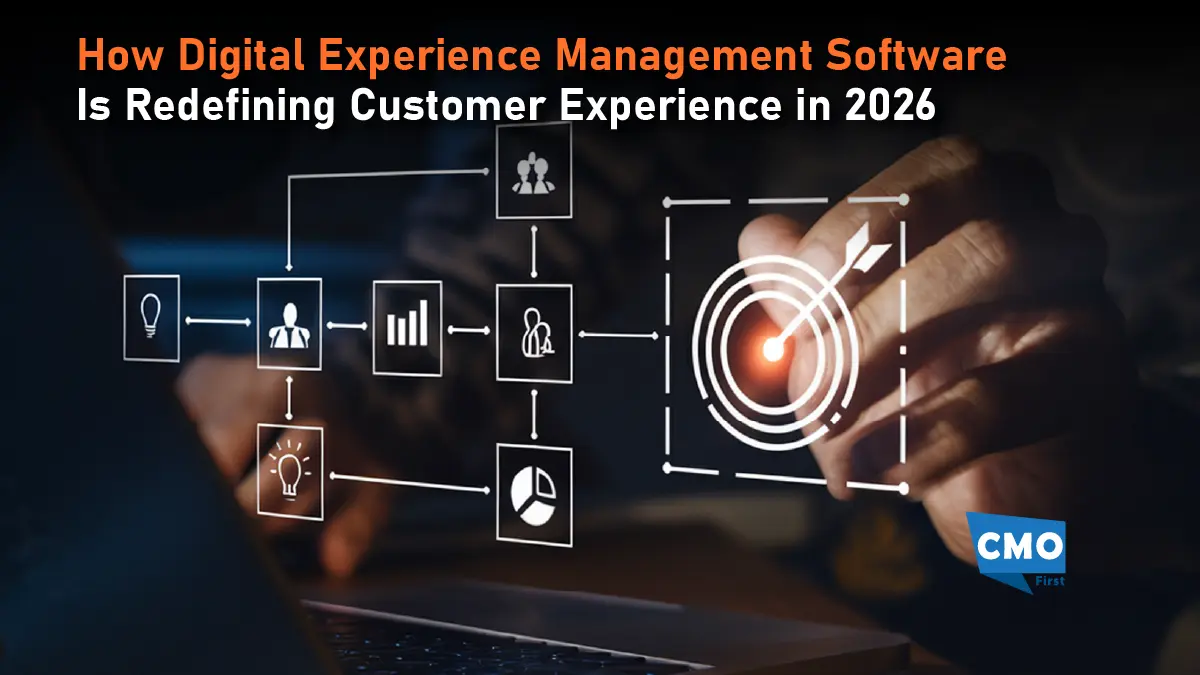
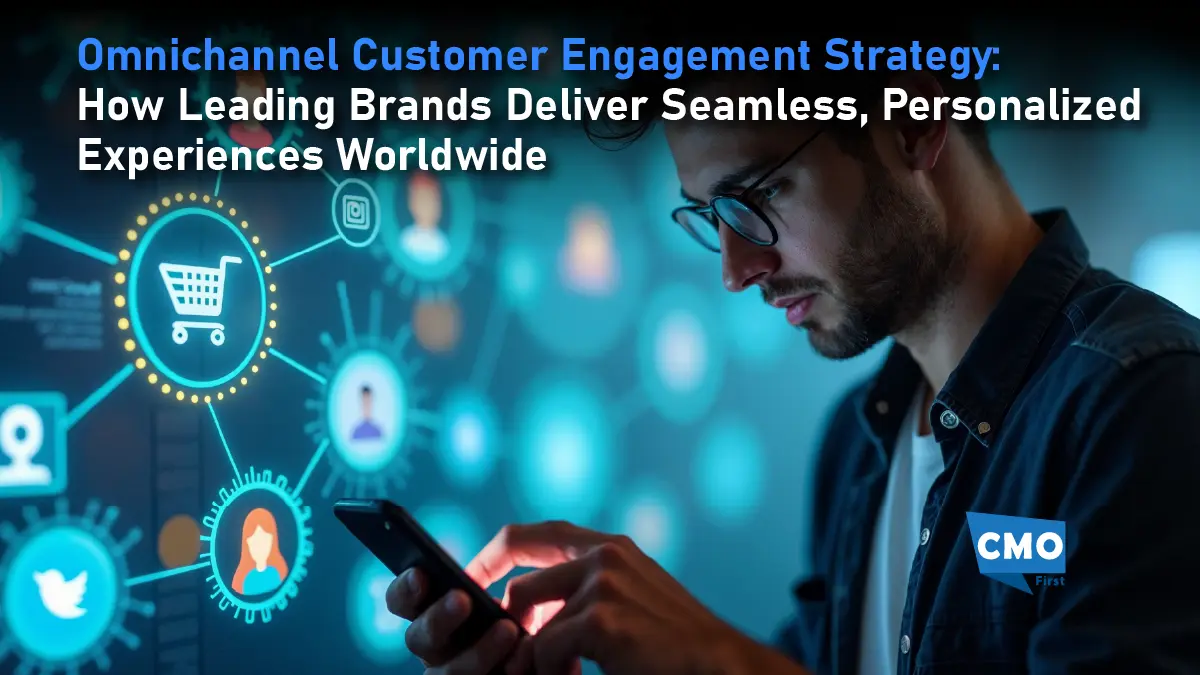
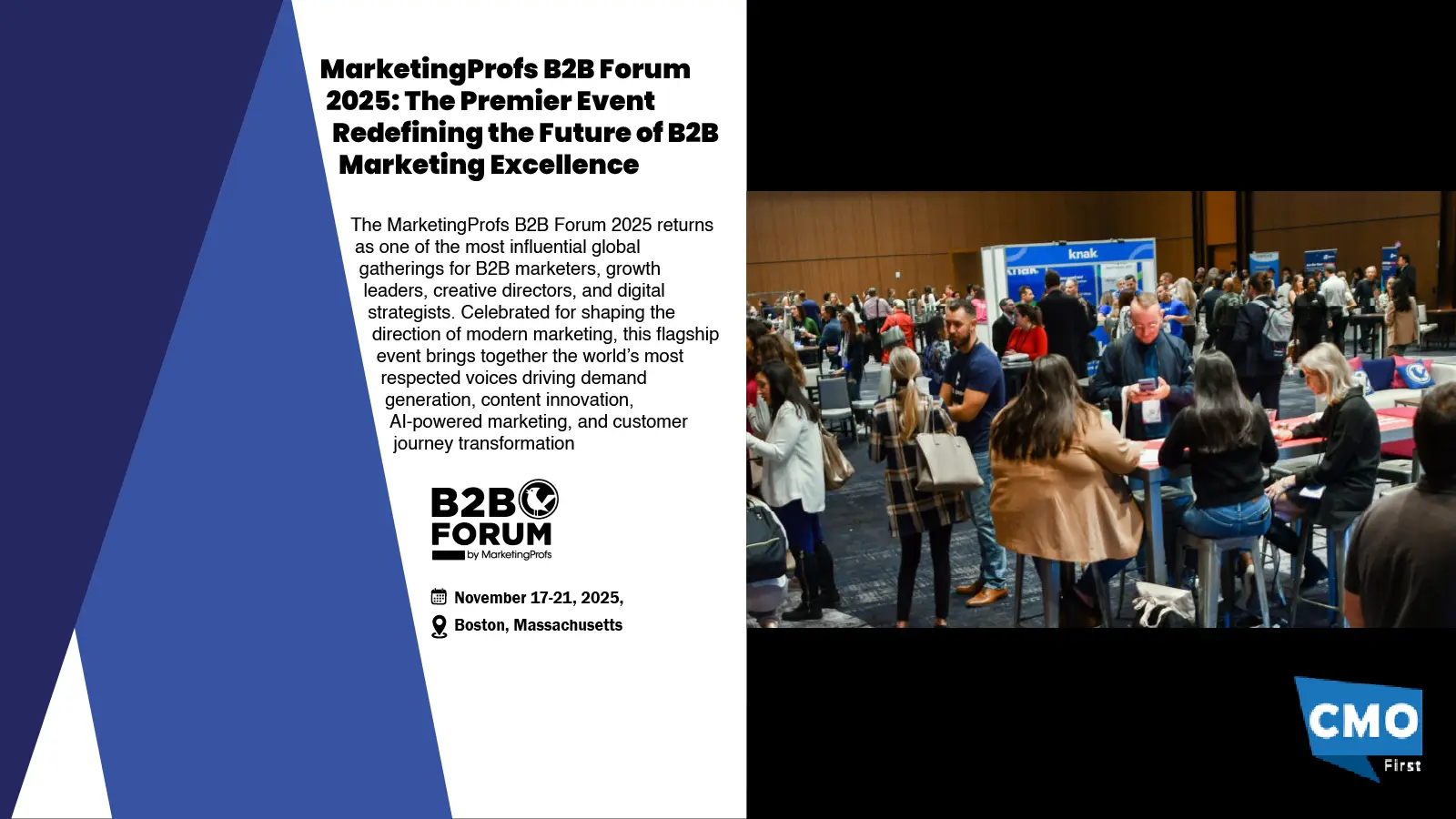
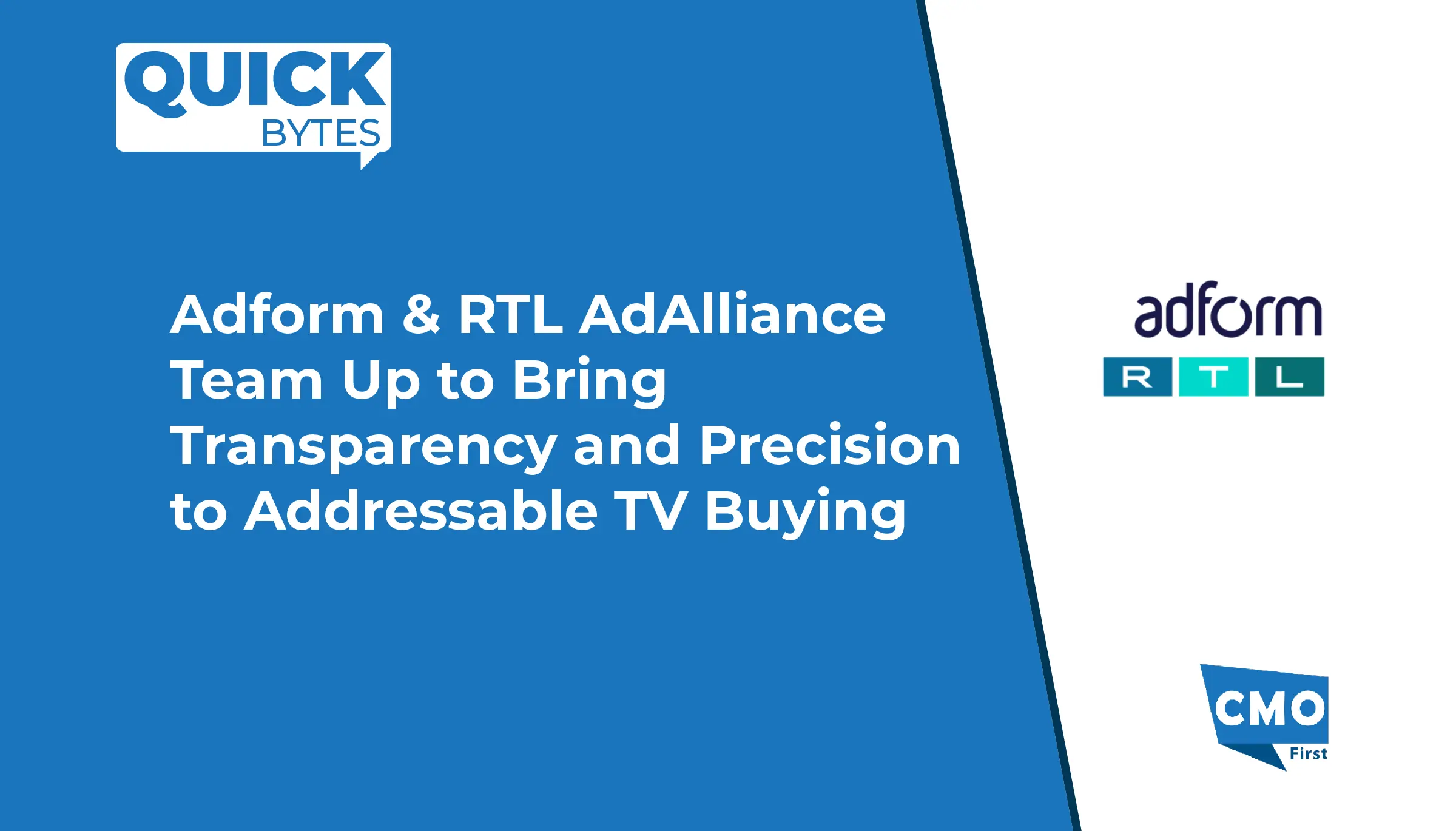
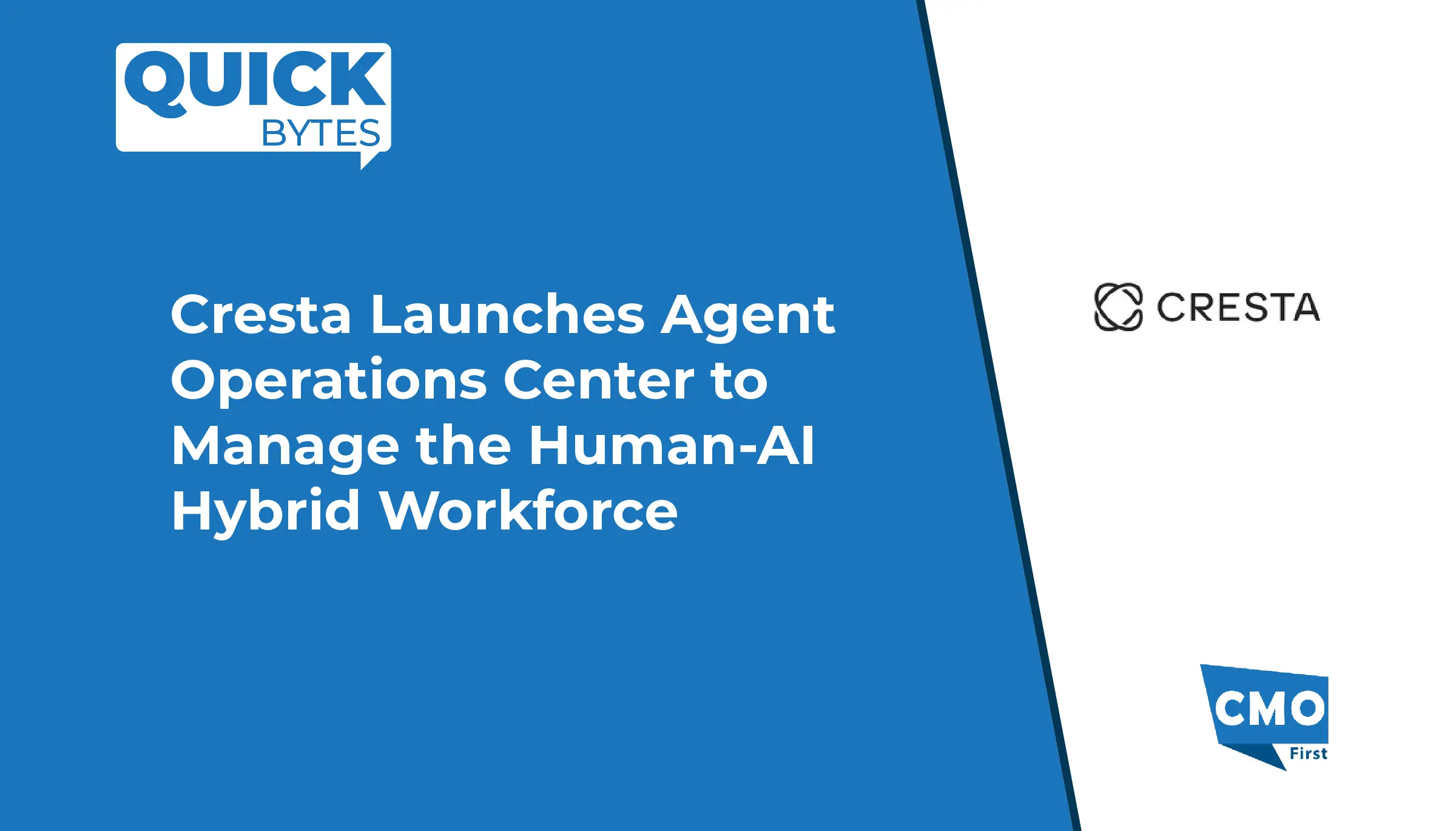
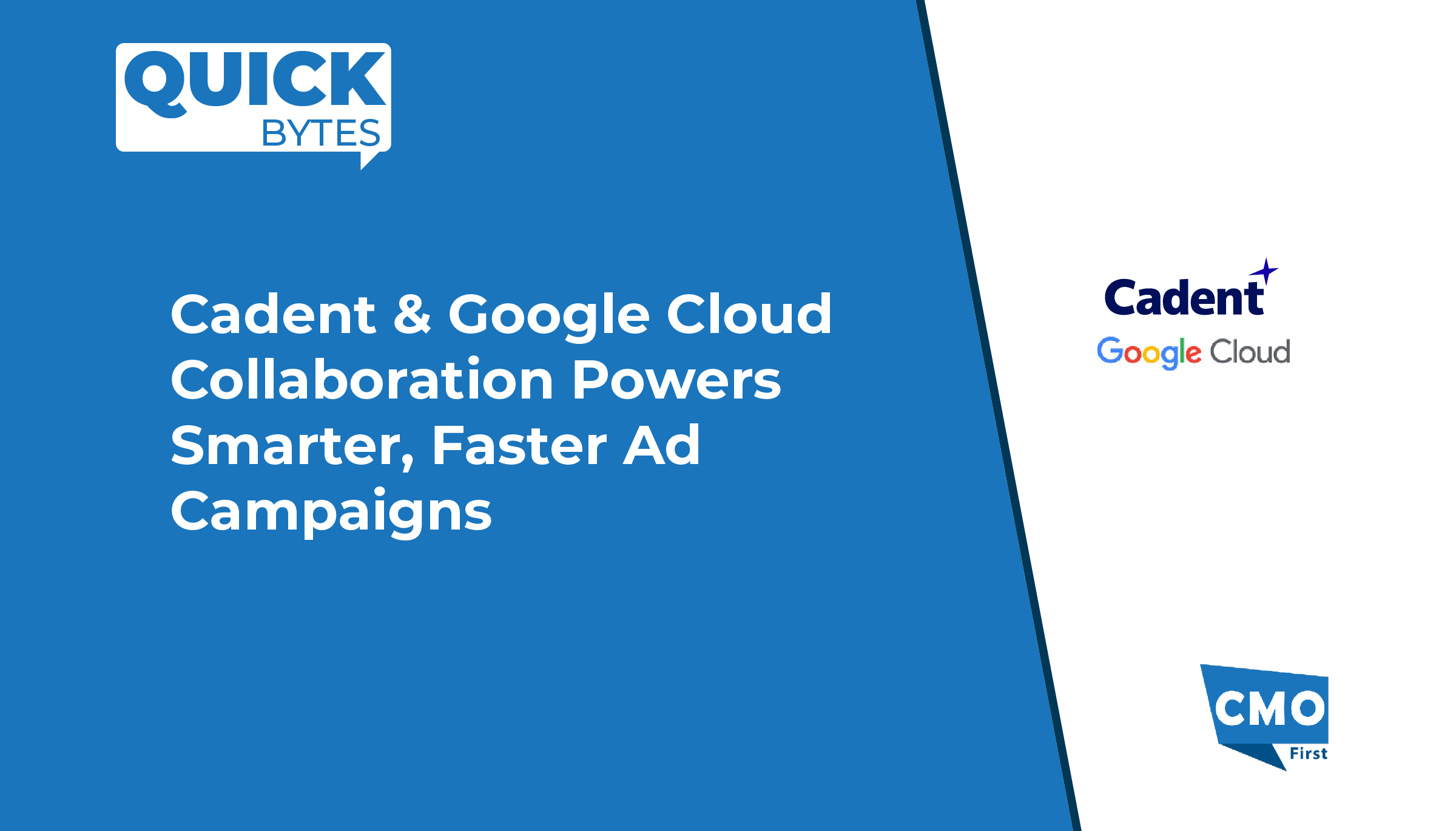

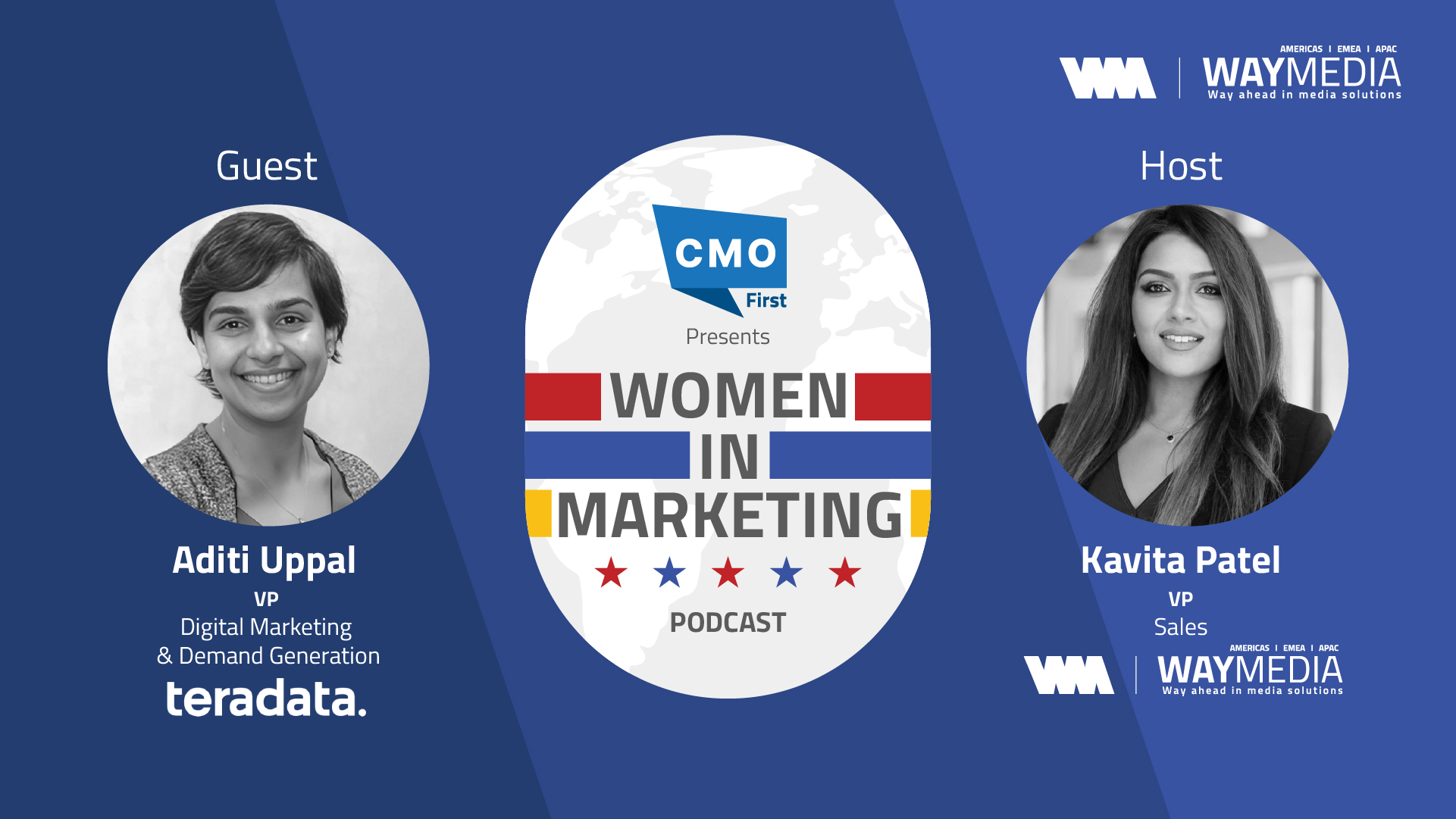



Leave a Reply